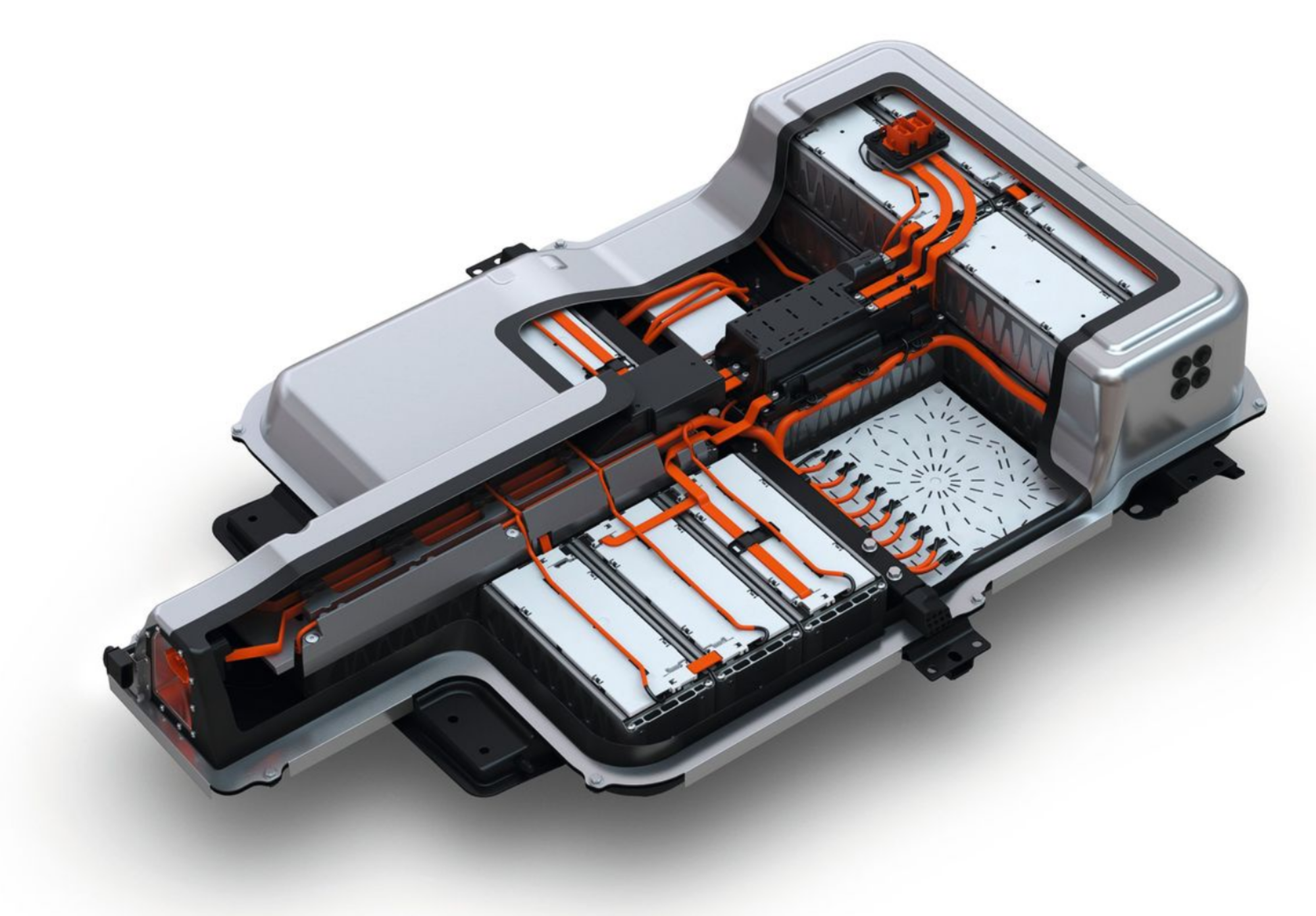EV Battery Structures
Battery enclosures for electric vehicles have a simple purpose: holding and protecting battery modules. It can easily be adapted for the different characteristics of battery modules and the different shapes and sizes as well. Lithium-ion Battery pack which is contained in assembly of battery modules is the main source of power transmission for electric vehicles. During the actual operation of an electric vehicle, the battery packs and its enclosure is subjected to harsh environmental conditions such as the external vibrations and shocks due to varying road conditions. This will result in stresses and deformations of different levels. The vehicle safety heavily depends on the safety of the battery pack which in turn is dependent on its mechanical features, such as the ability to resist deformation and vibration shocks.
Additionally, Electric vehicles are designed to have lightweight construction to improve the travel range and battery pack life. As the number of electric vehicles (EVs) is about to increase almost exponentially, many advancements are being discovered using different types of materials for its battery enclosures. Currently enclosures are made of steel and a combination of steel and Aluminium

Construction of an enclosure affects the performance and life cycle of battery modules. They must possess certain thermal transfer capabilities as the temperature variation directly affects the performance of the battery pack. At the same time, the design must have sufficient strength and impact resistance to protect battery modules from damage, as well as other parts of a vehicle.
Our team holds engineers having experience working many electric vehicles in the U.S.A and Europe to support our client to develop leading EV enclosure systems.
